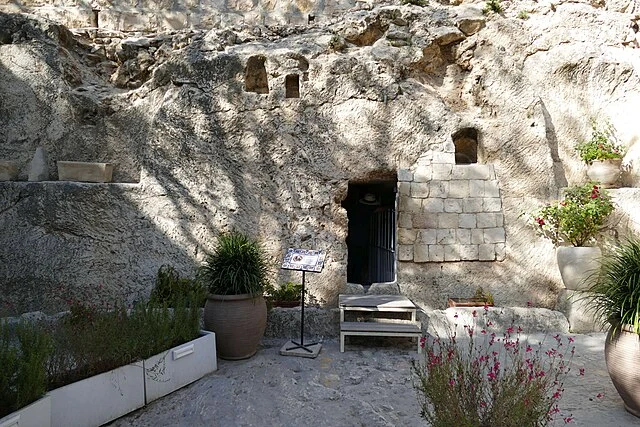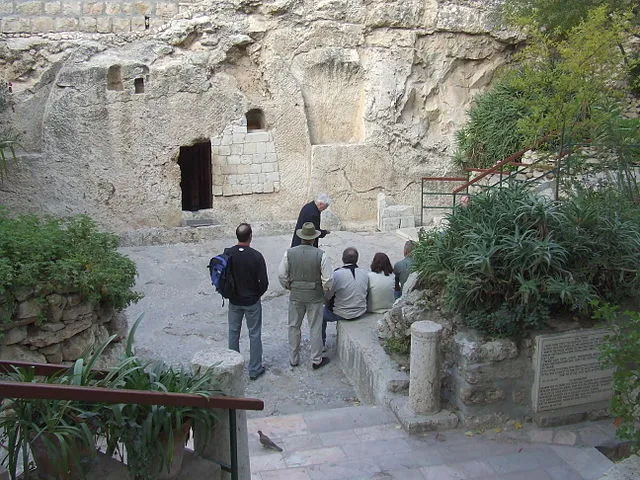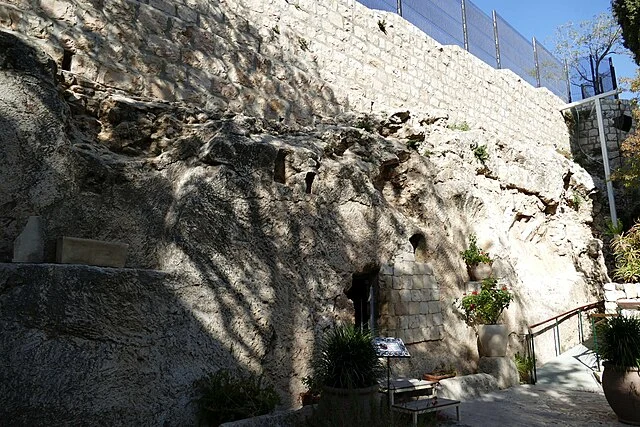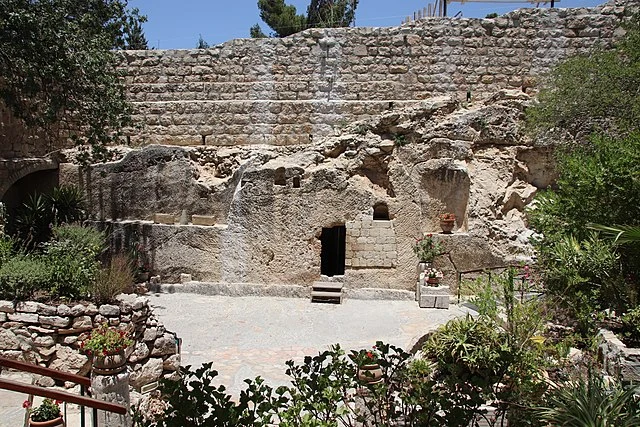The Garden Tomb is an important site in Jerusalem, associated by some with the burial and resurrection of Jesus Christ. Located just outside the Old City walls, it attracts many visitors, particularly from Protestant Christian communities. The identification of this site as the burial place of Jesus emerged in the 19th century. Although most scholars support the Church of the Holy Sepulchre as the authentic site, the Garden Tomb remains significant in Christian tradition.
Get your dose of History via Email
Discovery and Identification

In 1867, local farmers discovered the tomb during routine activities. British Major-General Charles Gordon popularized the site in 1883, linking it to Golgotha, the hill where Jesus was crucified according to Christian tradition. Gordon and others noted the tomb’s proximity to a rocky escarpment resembling a skull, supporting the identification with Golgotha. The site’s identification as the burial place of Jesus gained traction, especially among Protestant groups.
Archaeological Analysis

Archaeological studies suggest the tomb dates back to the 8th or 7th century BC. This dating indicates it predates the time of Jesus by several centuries, challenging its identification as the tomb described in the New Testament. Scholars agree that the tomb’s features align with typical burial practices of the Iron Age rather than the Second Temple period. Despite this, the Garden Tomb continues to hold spiritual significance for many Christians.
The Site Today

The Garden Tomb is maintained by the Garden Tomb Association, a British Christian organization. The site features a peaceful garden, the tomb itself, and a visitor center providing historical information. It serves as a place for worship and reflection, attracting pilgrims from around the world. Visitors appreciate the site’s serene environment, contrasting with the bustling surroundings of the Old City.
Conclusion
While the Garden Tomb’s identification as the actual burial site of Jesus lacks strong archaeological support, it remains a significant spiritual site. The site’s history, its discovery, and its ongoing role in Christian worship highlight the complex interplay between archaeology and religious tradition. As a place of pilgrimage, the Garden Tomb continues to inspire faith and reflection among its visitors.
Source:

